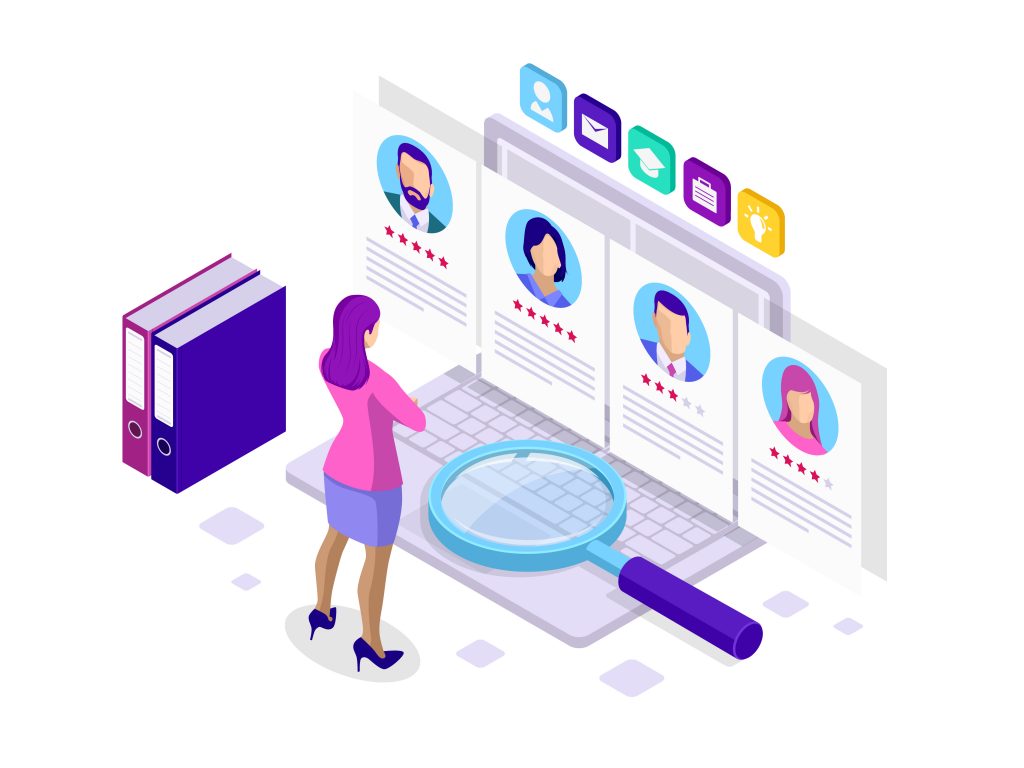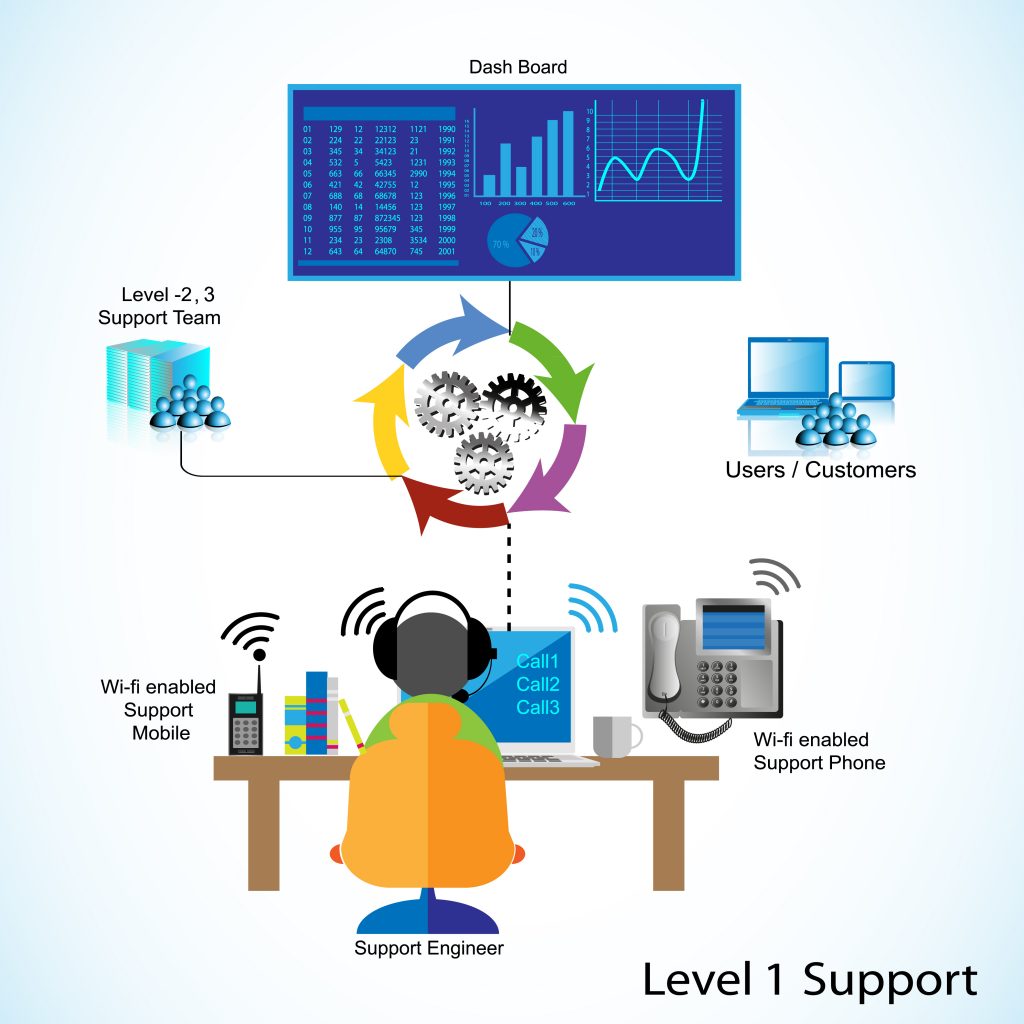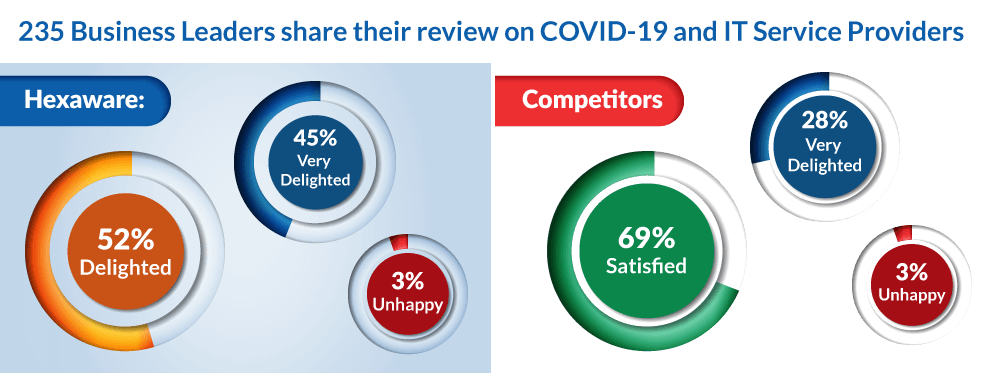This website uses cookies. By continuing to browse the site, you are agreeing to our use of cookies
WFH BPOs – Forced by Pandemic or Designed by Choice?
Business Process Services
September 21, 2020
Every crisis brings a unique opportunity.
One of the famous quotes by Thomas Wolfe states, “You can’t go home again”. This holds true for all of the industries worse hit by the pandemic, one of which is the BPO industry.
When we hear the term BPOs, the first image that comes to our mind is large office buildings with cutting edge technology solutions, loads of young individuals, a team of supervisors continuously monitoring performance, a network architecture that takes care of connectivity and security and not to mention, the long commutes that people undergo every day. The whole premise of BPO industry is built on outsourcing of the work to a group of young motivated individuals in near shore or offshore locations, hustling together in ODCs. The pandemic moved these contact centres to people’s homes.
This earlier image that the BPO industry carries is surely not foreseeable in the near-term. The bigger question is that are we looking for instant gratification by saying that we have already moved BPOs to people’s homes or are we in it for the long haul and working towards making this model a reality?
Even though we have seen that it works, the end customer is incessantly worried about challenges to security, productivity and contractual obligations in the WFH model. So, what can we do to make this model a reality and not just a short-term arrangement? Below are a few elements that will strengthen the bedrock of future-ready, work from home BPOs.
Recruiting and Retaining Right Talent
Hiring used to be constrained by demand for full-time talent and be geographically restricted to urban centres around office locations. However, the new model allows complete access to a whole new workforce that is diverse, optimisable and available that opens several channels for the gig economy. This includes an unleveraged pool of retired individuals, homemakers, new mothers and the differently abled who are both technologically and culturally enabled to contribute.

With in-person interviews becoming a thing of the past for a large number of job openings, modern day sourcing techniques such as leveraging technology will help source the right resumes, in the shortest periods of time and with minimal human intervention. Bear in mind, that location is no bar in this model. One important trend to fool-proof the online recruitment process is implementing biometric identities that utilize face and voice recognition technology to reduce the risk of fraud and impersonation. In addition, virtualised on-boarding portals will go a long way to deliver a seamless experience for both new employees and management teams alike. These technologies will also provide continuous engagement, visibility for internal promotions and job postings with an increase in employee motivation and retention.
Enabling Remote Training Effectively
As per a survey by American society for training and development, when employers spend $1,500 per employee annually on training, they achieve improvements in profit margins of around 24%. For every additional $680 spent on training, shareholder return rises by 6%. Investing in the knowledge capital of a company, therefore, is just as important as investing in the physical capital.
With the whole work from home scenario, the runway for mistakes in “on-the-job” training is smaller than ever, paving the path for simulation based trainings in BPOs, where employees participate in gamification led virtual scenarios that are as true-to-life as possible. These serve as a great replacement for conventional face to face training sessions, where it was easier to hold attention spans. Live global virtual classrooms leveraging technology and utilising frameworks from industry leading education platforms will replace the old school classroom training in entirety, not just for BPOs but for all kinds of organizations.
Infrastructure & Technology Setup
Traditionally, a large infrastructure setup, seats, desktops and office campuses were huge indirect costs which added up to significant pricing overheads. These costs can now be dramatically reduced, and the savings invested in more purposeful development.
Mobile based contact centres and telephonies have already picked up. It is about time that more dominant immersive technologies like virtual reality adaption, enables the workforce to easily create web-based rooms to meet with their team members or even end customers. Smart agents can share the link with someone and help resolve queries in real time. Team meetings in virtual office spaces will boost the engagement in team interactions.
Taking Care of Connectivity and Security
The industry has now stepped on the gas when it comes to cloud adoption with more and more companies moving their contact centres completely to the cloud, which will mitigate a host of server-side connectivity issues and management overheads. Service providers will need to work with ISPs to secure bandwidth and network capacity along with prioritising the use of less bandwidth intensive applications and dynamic bandwidth allocation customised to employee needs.
Employee monitoring software that can track and record employee activities of all employees will be a quintessential part of employees working on high risk client applications from their respective homes. Eyeball monitoring tools will provide an added layer of data security and reduce the risk of unlawful data transmission.

Quality & Monitoring
Technology will eliminate manager concerns on decreased communication and collaboration. Collaboration tools for sharing content and video meetings are already becoming the new normal.
Sentiment analysis tools will supplement post call surveys to validate quality checks in voice transactions and either assess training needs or incentivise based on the results of the tool. The 4-5 layers of support above each agent that we have today will become much leaner when technology is utilized for monitoring.
Process transformation resulting in better outcomes…
Maximising transformation in processes along with a clear distinction between human and machine led transactions will hold more value than ever. Some of the functionalities that will evolve are:
- Platform based assessments to conduct remote diagnosis and transition processes with clear distinction between man or machine led transactions
- Enabling of a remote automation factory for development of bots in the to-be state
- Extensive use of voice bots led front office interactions will play a key role to handle both outgoing and incoming contact measures for all these clients which are either handled by the bot itself or routed to the right agent through Automatic Call Distribution.
- Virtual design thinking/war rooms to develop new age transformation portfolio
Enhancing Employee Productivity
A report by Gartner states that 76% said the top employee complaint during the pandemic has been “concerns from managers about the productivity or engagement of their teams when remote.”
But at the same time, studies conducted specifically on call centres (where productivity is closely monitored) – have shown that when employees were shifted to working from home, their productivity increased by an average of 13% due to a reduction in break time and sick days combined with a more comfortable work environment. This will be further enhanced if we can add elements contributing to increase in ops productivity.

- Gamification can be introduced to generate performance reports so employees can see their own performance vis-a-vis their peers and continuous feedback loops keeps the employee motivated throughout the day. This can also be introduced in the course of simulation-based trainings to help employees upskill more effectively.
- Managers and team leaders will be given access to a transaction trade screen to continuously monitor their teams’ outcomes and extend support as needed.
- Even the incentive model will change to family-based incentives, which will further encourage families to continue supporting employees.
Successful Commercial Models
Pay-as-you-go models will become increasingly popular. The clients will not care which part of the world the service is delivered from. A gig workforce will be easier to ramp up or ramp down agents working from home and manage volume peaks and troughs.
Create marketplace – The traditional model was more rigid and fixated on the headcount required to deliver a piece of work. This model allows for flexibility in delivering required logins in a fragmented manner based on the employee’s personal schedule. This will truly transform the BPO delivery game.
For many amongst us who may be considering it as a temporary business continuity plan or a make-shift arrangement, it is about time we embrace the new comfy-normal and grow with it.
The crisis has pushed us to think what really matters i.e. successful outcomes. The infographic is a testament of how Hexaware is ensuring our customer’s delight.

About the Author

Radhika Kandhari
Read more
Related Blogs

From Manual to Machine: Maximizing Cost Savings with Intelligent Process Automation
- Business Process Services

Achieving Cost Efficiency Through Global Business Services Strategy
- Business Process Services

Generative AI for Marketing: The Future of Cost-effective Engagement
- Generative AI
- Business Process Services

Unlocking Generative AI for Hyper-personalized Customer Experiences
- Generative AI
- Business Process Services

Executive Administration Services: BFSI’s Right-hand Partner
- Generative AI
- Business Process Services

Generative AI in Customer Service: Going Beyond Traditional Chatbots
- Generative AI
- Business Process Services

Generative AI for Content Creation: The Future of Content Ops
- Business Process Services
- Generative AI
Fund Services Back Office Digitalization: A Transformation Long Overdue?
- Business Process Services

Mastering Customer Service Experience: Strategies for Success
- Business Process Services

The Rise of Omnichannel Customer Service: Unlocking Excellence in Customer Care
- Business Process Services

Ready to Pursue Opportunity?
Every outcome starts with a conversation







